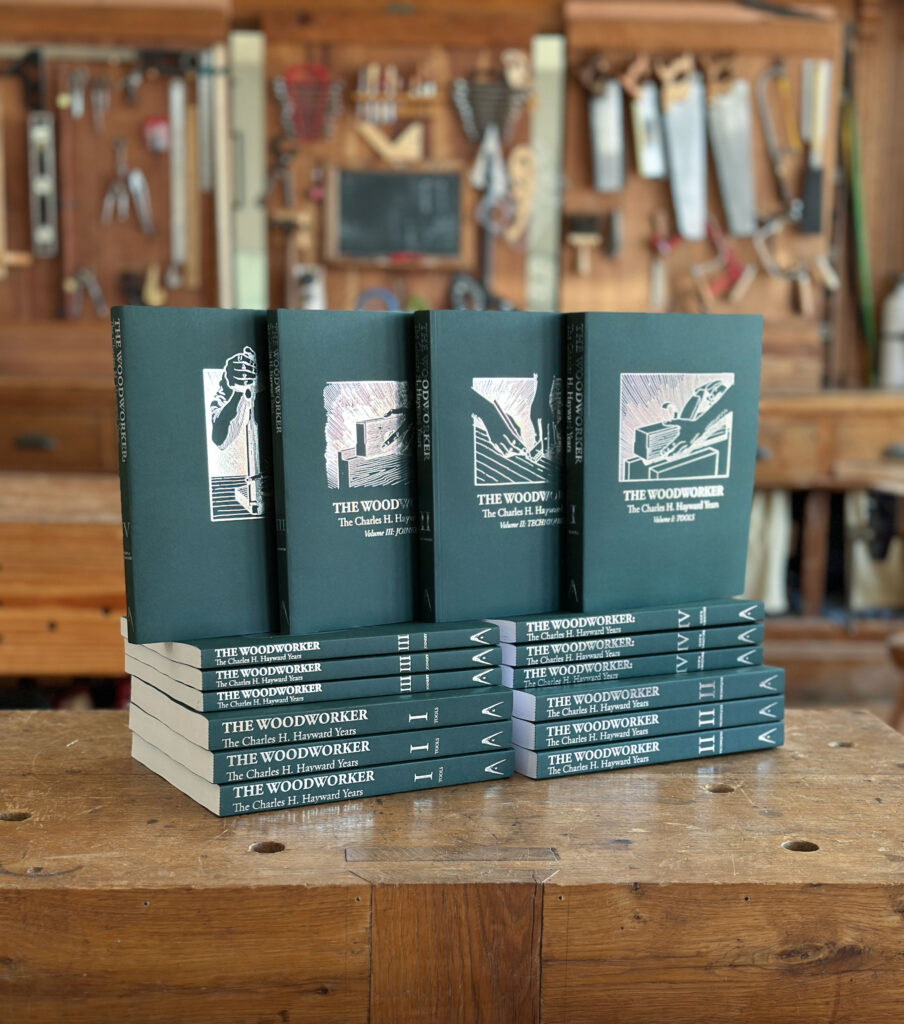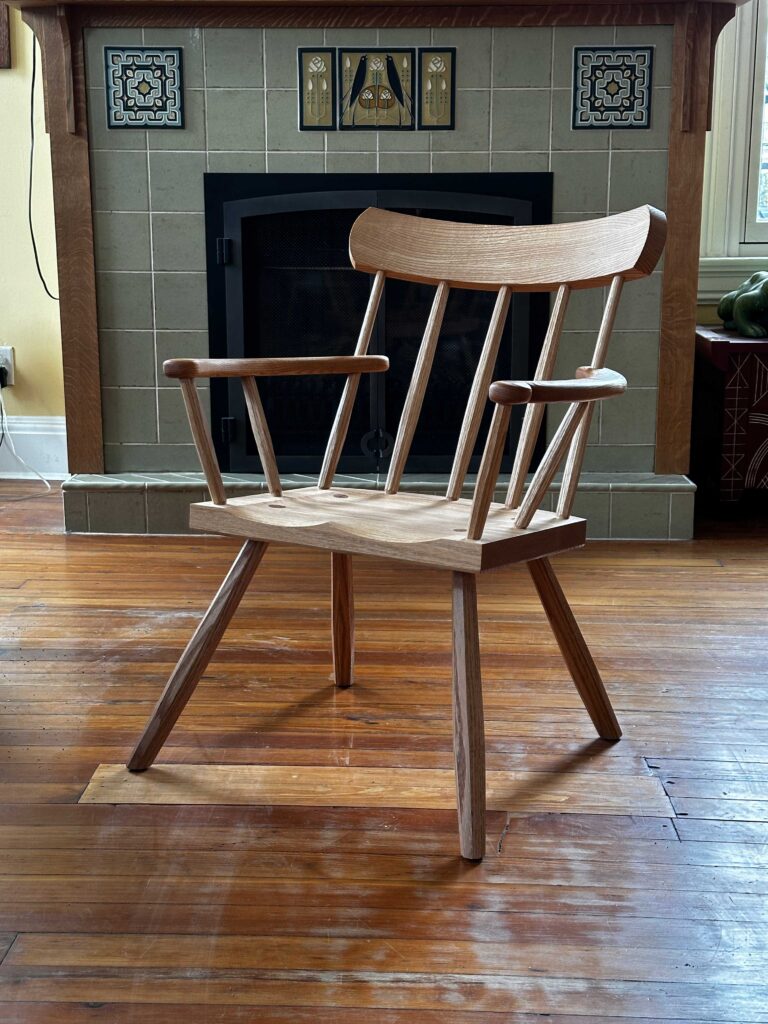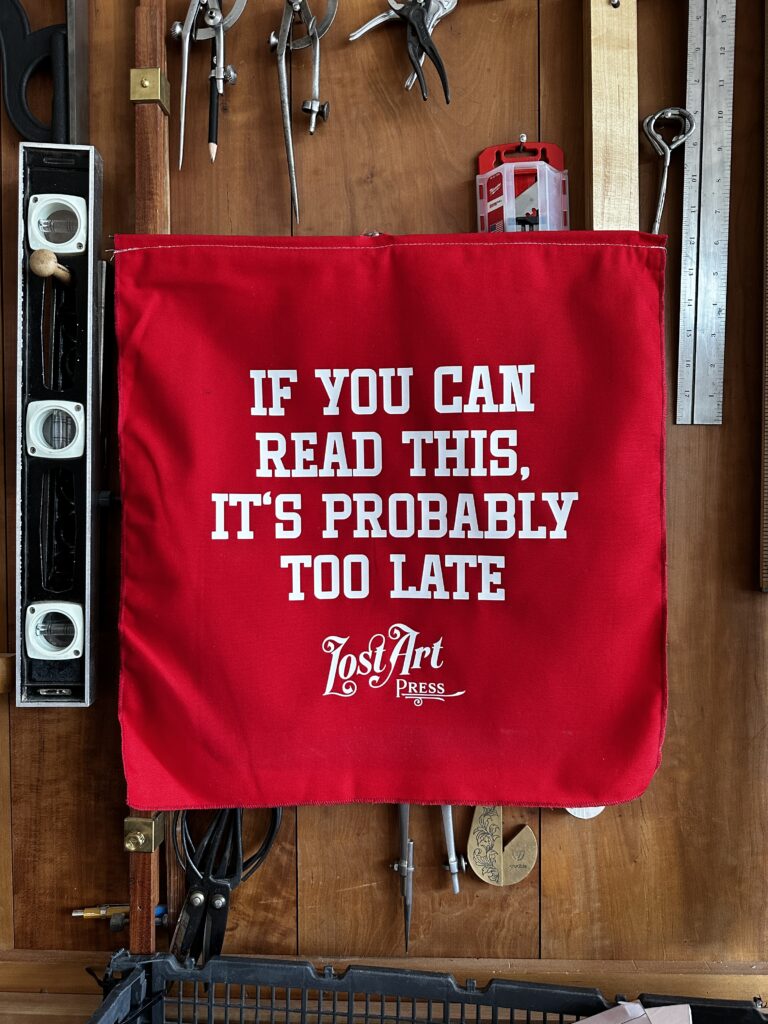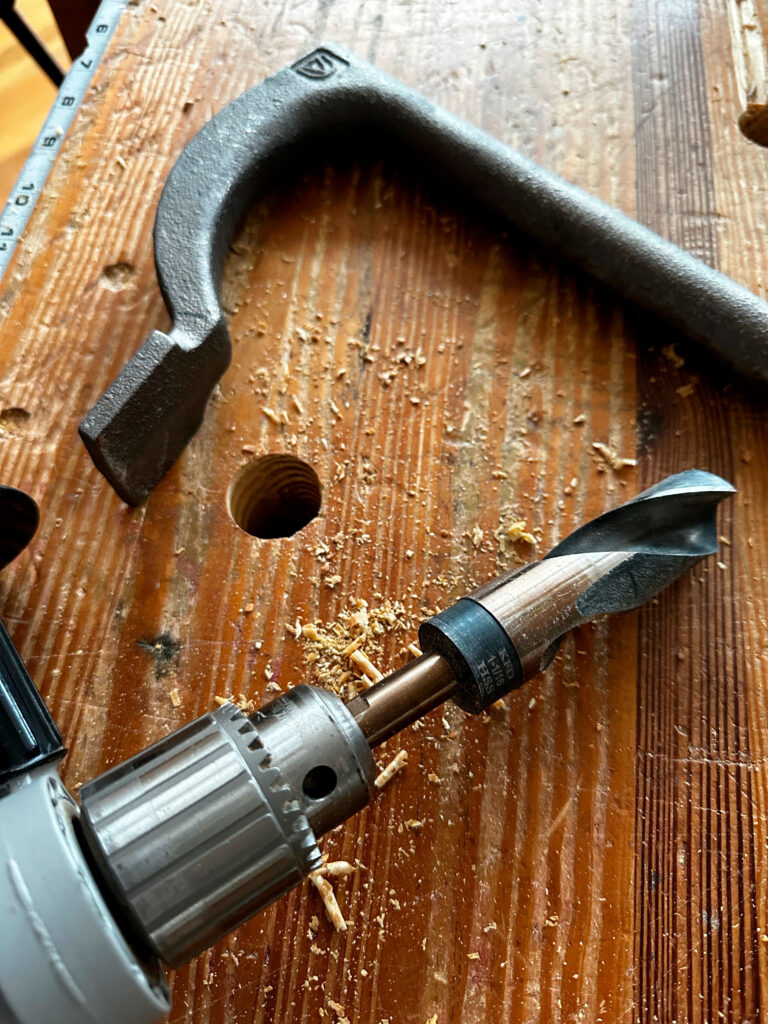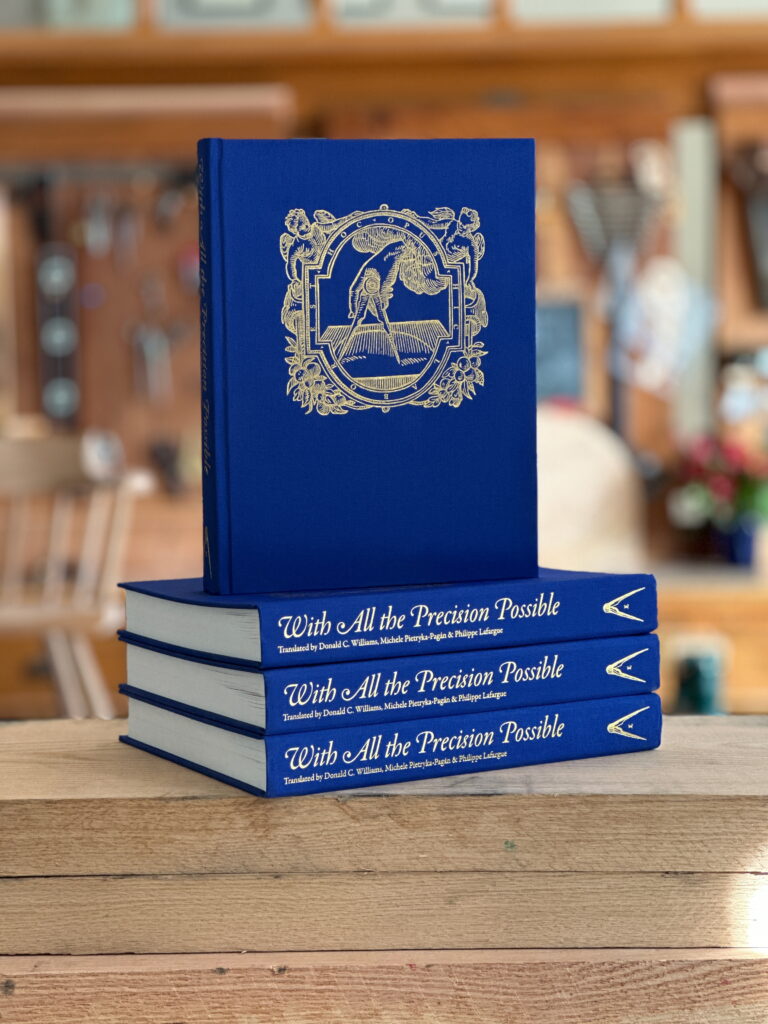
We’ve just received 3,000 copies of our newest edition of “With All the Precision Possible: Roubo on Furniture” and are offering it for a special introductory price: $100 with free domestic shipping until April 20, 2025.
This new edition is a significant upgrade “trade” edition, which was in black-and-white and on uncoated paper. The new edition is printed in color, so you can fully appreciate the tone of the cotton paper from the 18th-century engravings. We upgraded the paper to a #100 coated matte paper, enlarged the page size, added printed end sheets and include a tear-resistant dust jacket.
Why do this? Well, I never thought our “trade” edition quite matched the gravity of the project. Don Williams, Michele Pietryka-Pagán and Philippe Lafargue spent years translating the writings of André Roubo’s “l’art du Menuisier.” It is the world’s first masterpiece of woodworking writing, and only bits and pieces were ever translated into English.
So last year we began working on a replacement for our “trade” edition. It’s arrived in our warehouse, and it is impressive.
Like all things with the Roubo project, the printing bill was massive. And so to recoup some of that money, we are offering it at a 20 percent discount with free domestic shipping until April 20, 2025. After that, it will be $125 (still a good price, I must say).
You can read more about the book here. Or watch this cheesy ad I made:

